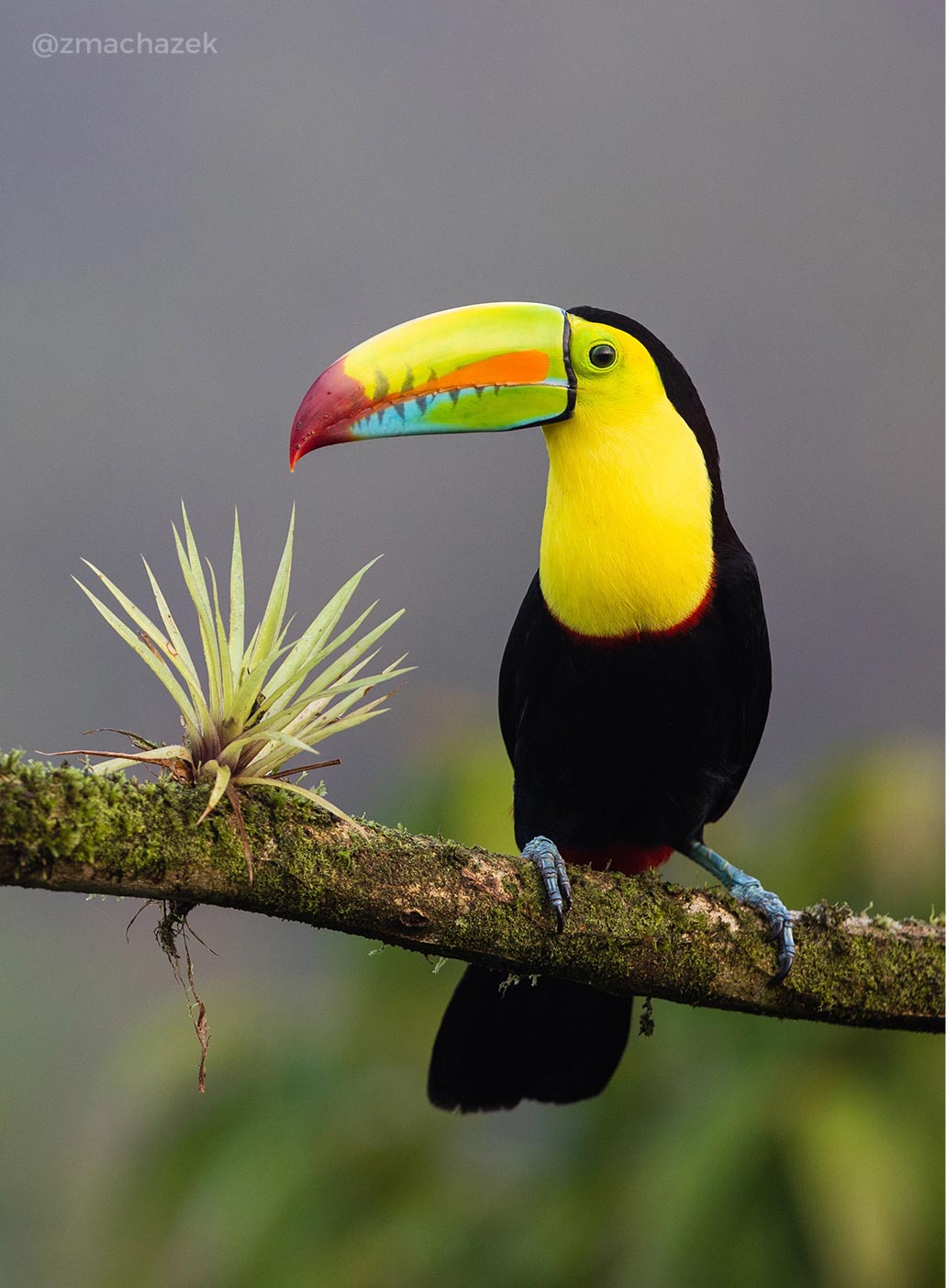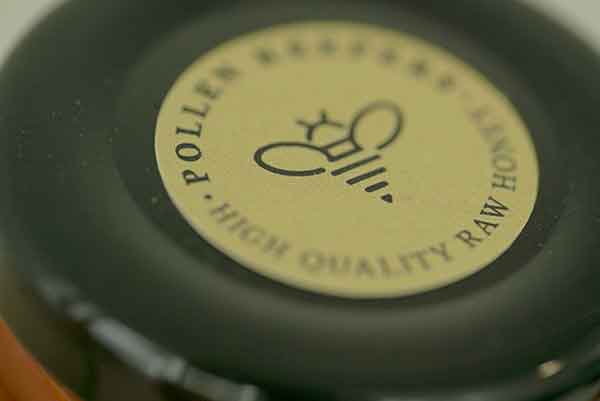
Pollen Keepers Raw Honey. Pure Honey, pure purpose.
Pollen Keepers Raw Honey is a Costa Rican venture with its origin in a family tradition of several decades related to beekeeping. Pura Inspiration had the idea of visiting Maria José Mena, one of its founders, and from her heard the story about how it was transformed into a business model that respects small producers and the conservation of the protagonists of this fascinating production process; the bees themselves.
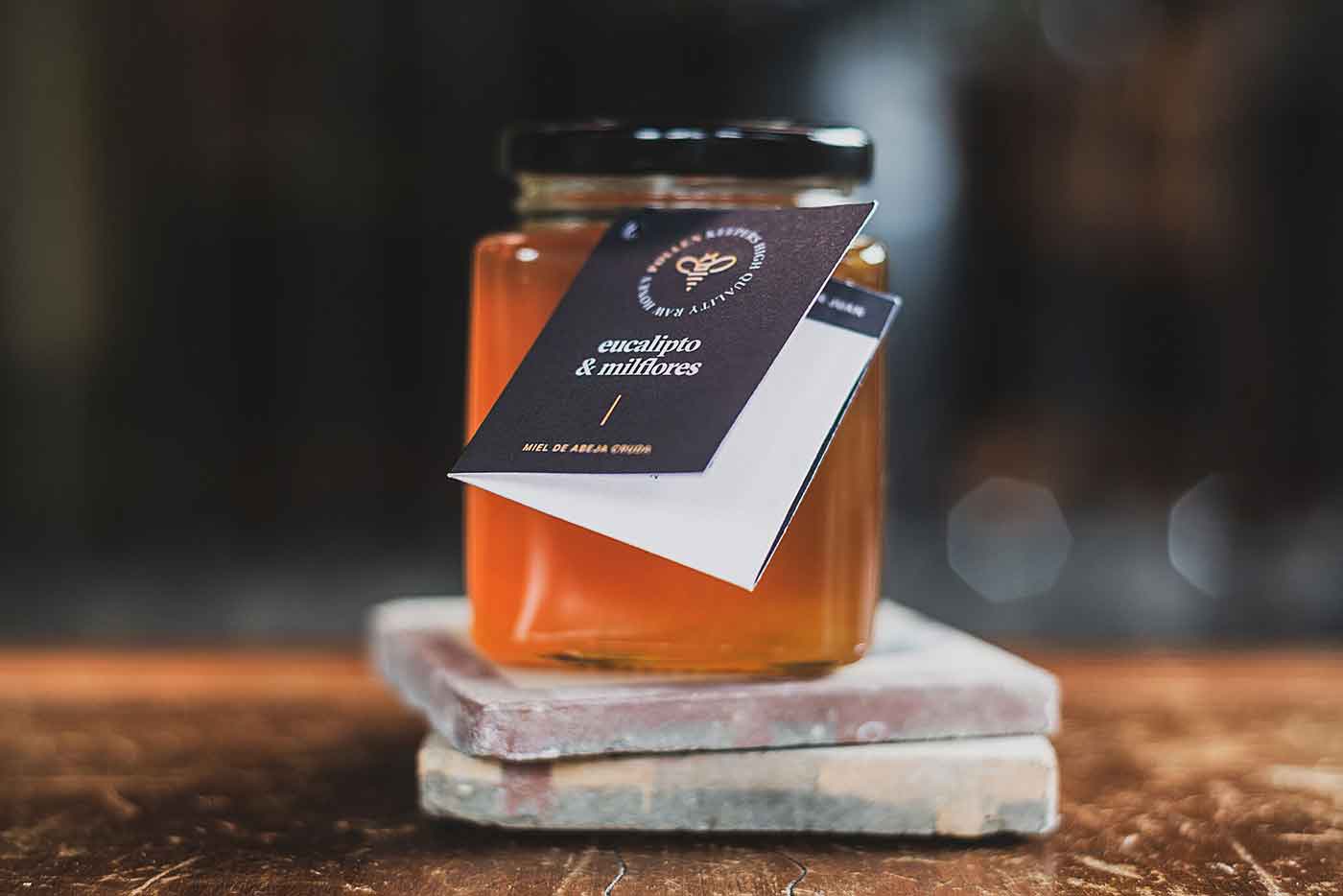
(PI): Hi María José, tell us how the beginnings of Pollen Keepers were?
(PK): The brand is barely a year and a month old. On the other hand, the store is about four months old. The beginning has been easy! Really. First, because the per capita consumption of honey in Costa Rica is high. Around 250 grams per person. An amount well above the Latin American average and much higher than the regional one. Internal demand is high, and the production very little; therefore, what is produced is almost guaranteed to be sold. Even though much of the honey that is competed with and found in supermarkets, has very little traceability. Many times it is easier to import or degrade it.
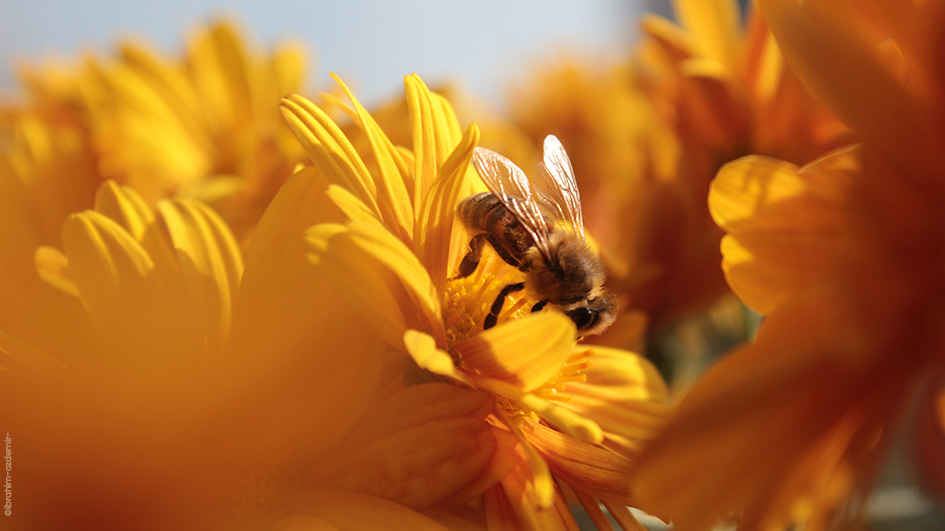
PI: But how did this tradition in relation to honey production become a project for you?
(PK) As I mentioned, my family always used enjoyed honey until I started taking my mother-in-law. She loved it, and she started asking me more and more to give to her friends. The friends also liked it. It was a chain reaction. It is that real honey has a taste that you like and is less accessible than you think. Usually, people would think they are tasting natural honey, and they are not. It is degraded. Also, many times people prevent the honey crystallizing, so they end up preferring pasteurized honey. Crystallization is a natural process that assures that the honey is pure and has not been degraded.
At first, we started to investigate, and we realized that the information about honey in Costa Rica is not centralized. We had a hard time finding information. We started researching on Instagram and writing to the United States and Europe. Until we found Honey Connoisseur and UC Davis, they have Master’s degrees in Beekeeping and Honey Tasting. They guided us about different types of honey in monocultures, such as lavender or orange fields. Mono-floral honey with particular characteristics regarding notes, colors, crystallization times, crystal sizes, etc. However, we live in a small country, where monocultures take up too much pesticide. I am referring to crops such as melon, watermelon, and pineapple mainly. So we were left thinking that perhaps we could separate micro lots by farms that were distributed by a minimum of 25 kilometers and see if we could obtain a standardized result when separating those micro-lots. It was then that my uncle, doing this practice, offered us a very rich Espavel and Laurel honey, produced in Turrubares. We were impressed by that honey. It was not amber, but yellow. Too translucent with a higher density, with a water percentage of 14%, when the average is 17% and 18.5. We began to like the technical part, which translates into something close to gourmet.
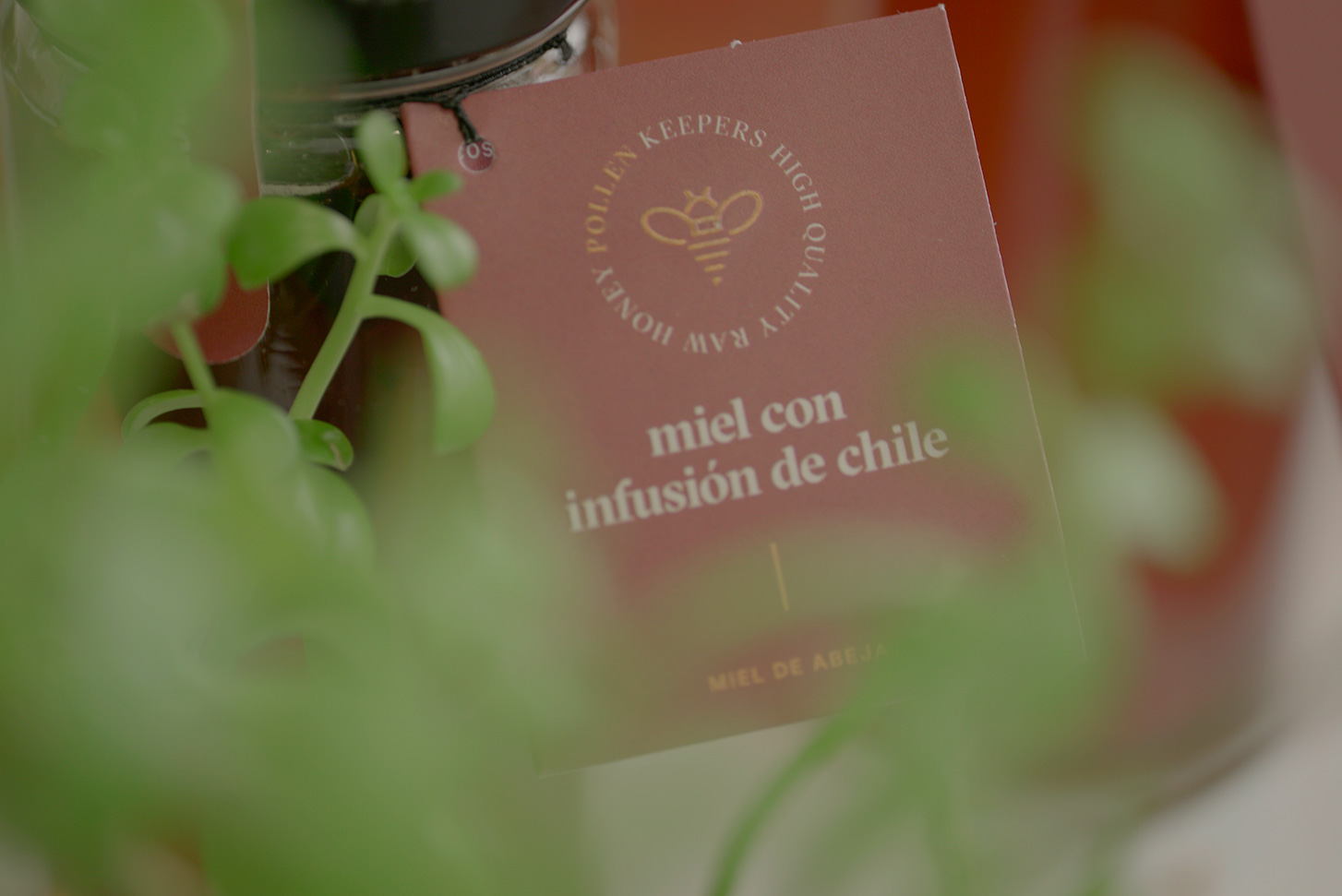
The business started with almost no sales. First, we seek to have many micro-lots (7 or 8), very different in flavor, textures, and blooms—most multi-floral. We started knocking on the doors of restaurants and cafes that we liked, places where we would then do courtesy tastings, bringing together the owner, the manager, and the waiters in a single session. They turned into very nice events. We share with all of them a pairing designed together with a Sommelier. In these events, sourdoughs, certain fruits, cheeses, and cold meats were mixed in a fairly Gourmet context. We also accompany everything with a guide with technical sheets with each honey’s characteristics, its acidity, the percentage of water, its aftertaste, its sweetness, or if it is salty if it is sweet, among other characteristics.

Do you have a business model focused on the collaboration of small producers? How does it work?
My uncles began to produce more and more honey, and I think that like many beekeepers, it was a bit difficult for them to produce in summer, and then try to market in winter. In winter, the hives are still being worked; then it was becoming more and more complicated for them. The quality was lowered by being concerned about how to sell it. That’s when we came in, and the first thing we did was implement specific fundamental rules. For example, stop occupying the family farms and pay annual rent on highly selected farms, rich in biodiversity.
What it does is that the bee does not swarm, because when the bees have food availability, they do not need to escape. Sometimes they are farms of people with few economic resources, without production, which generally have them abandoned. For them, this rent is an additional income. What is finally obtained is a much richer “forest” honey due to the type of amino acids it contains.
We went from working alone with one family to turning our company into a consortium in a year. We think it is the friendliest customer-supplier model. It is as if it were a cooperative in which small beekeepers are guaranteed to sell their production of the year, so they are not forced to lower the quality.Instead, we believe quality, so we pay the gram more expensive than what the big brands generally do. We offer that price, and in return, they give us a fair deal with the bees. It is even more careful when the honey is extracted. So that it is at a time when it is mature enough, this is where the differences and added value are.
“Instead, we believe quality, so we pay the gram more expensive than what the big brands generally do”
How is the process that you follow with the producers?
The largest producer has 350 beehives, which generates 25 cannons of 300 kilos each. The rest have an average of 75 to 120 hives, which makes them produce a minimum of 5 to 6 tin per year.
We go to the farms in each beekeeper. All the hives are checked, which have 25 packs at a maximum of 35 per farm on average. Nevermore than that, because otherwise, they may swarm due to a deficit of food. The honeycombs that are over 85% percolated are collected, this seeking that the honey is at an ideal point of maturation and fermentation.
The honeycombs that are removed are put into these boxes and transported to the packing rooms. Then the honeycombs are put in centrifugal machines to filter it finally. We filter as little as possible so that the honey does not lose aromas or mineral properties. Looking for such a pure process complicates distribution and many other things; however, we feel that the product obtained is of much higher quality. It is the trend in the world and the most developed markets. Raw honey or “Raw Honey” today is the star product. Unpasteurized honey.
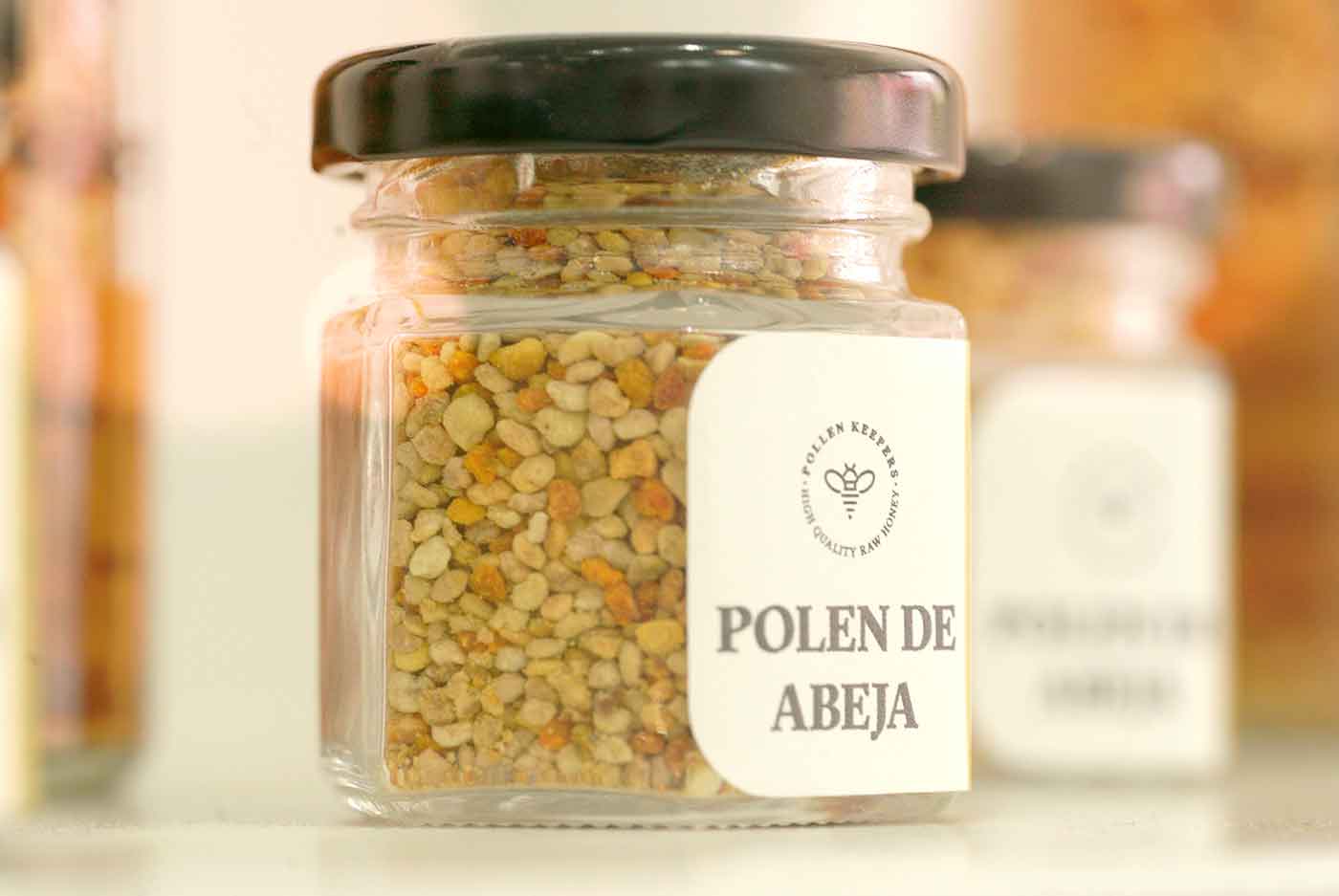
Pasteurization prevents the crystallization of honey but at the same time eliminates its sugars and makes it lose organoleptic properties. You no longer feel that flowery aroma, and it is mainly because many honey qualities are also lost. The honey is packaged in containers of a maximum of 26 kilos, which allows us to register batches, flowering, and observations based on the producers’ experience. We believe very much in the sensitivity of those who are next to their bees, and that they can notice subtle variations. Little by little, they are packaged and sold through different platforms, in stores on Instagram, etc. We are delighted to get some producers, suppliers of industrialized brands with little care in bees, producers, and the general process entering the consortium.
What are the products that Pollen Keepers sell?
From the beginning, we dealt with the kinds of honey separated by blooms and micro-batches. It wasn’t easy at first, but we soon learned how to handle it and understand that added value. A sommelier helped us with the tastings, similar to how it is done with a wine or a coffee. It was necessary to specialize a bit in cupping honey, something that is not easy. We sell honey of different blooms such as chili peppers, coffee flowers, from Espavel. Later we began to make infusions, which led to other products that were not known in the national market, which we found very good. We improve the raw material to the infusions, using organic products, honey with ginger, lavender, or chili peppers.
Honeycombs are also sold, which in addition to being rich, are super healthy. The podes can be eaten accompanied with cheese with fruits.
Do you produce honey from native bees?
We sell a small quantity of native honey. It became fashionable to think about their health benefits and that they are productive species. We sell the little native honey from Mariola, which we produce is for a restaurant in Guanacaste. Consumption is so low that we reached an agreement. Instead, we have meliponarios, not to sell but focused on pollination services in coffee plantations and monocultures.
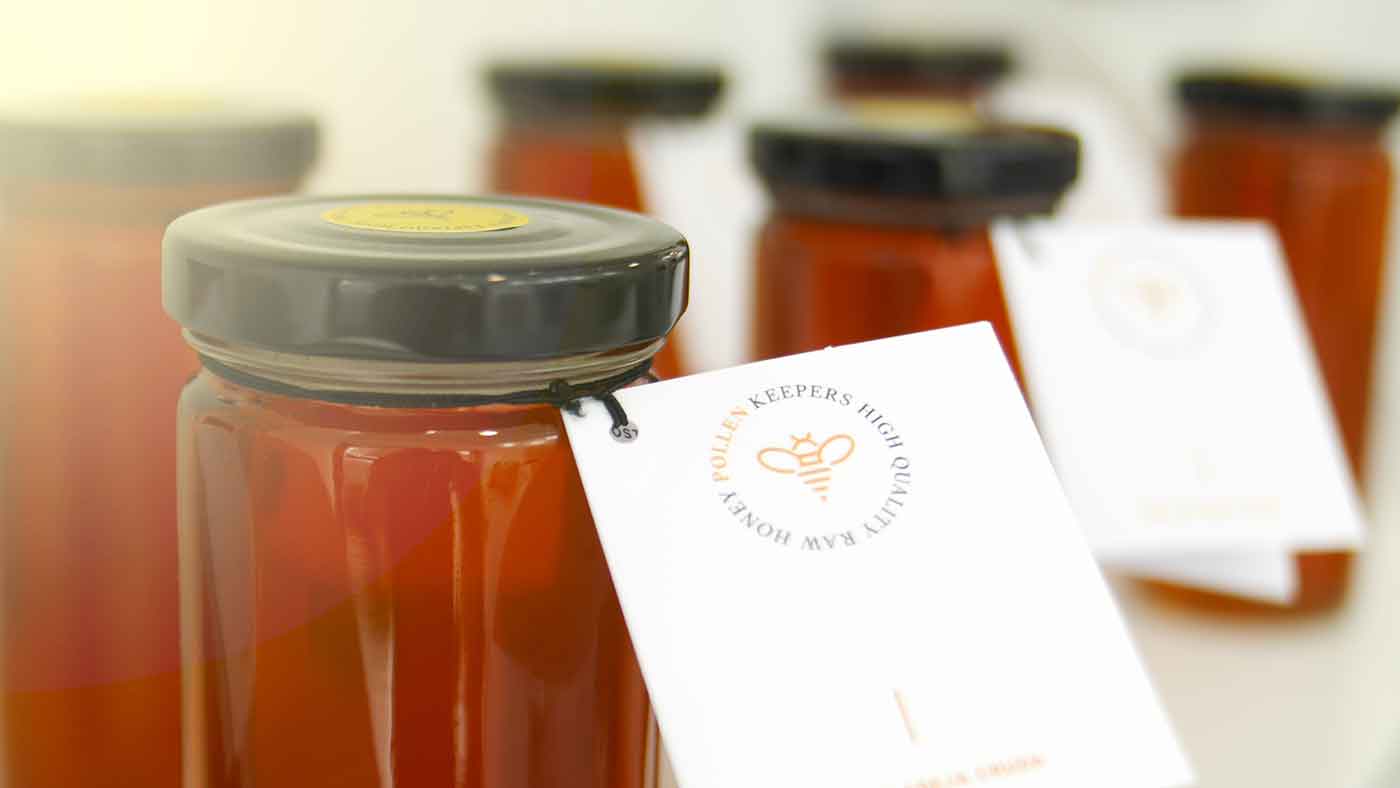
What do you think is the positive impact of Pollen Keepers?
First, beekeepers are assured of the sale of what they produce, giving them a lot of peace of mind. There is a lot of transparency for them about the destination; they know where what they make is going. They love their honey, and it takes them all year to produce it. They are small producers who often do the work of caring for them and extracting the honey themselves.
On the other hand, we see that the bees could be better. We want to improve practices and technical elements related to the design of traditional Langstroth hives. These in their system have not evolved. We are architects, and we get involved in those kinds of details. We discovered some hive design problem, as the bees were unable to fill it. We are exploring how these problems affect and, to what extent, making the process more technical can bring benefits.
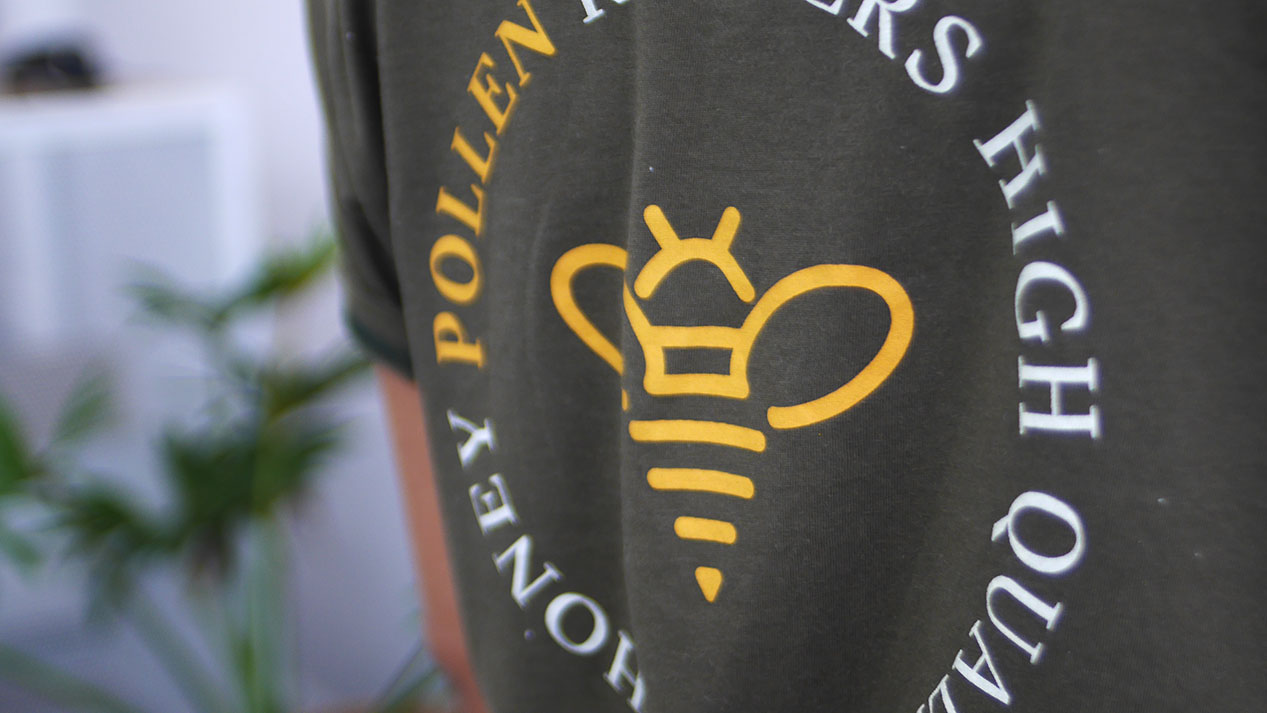
How do you project the growth of Pollen Keepers?
It is to do it in a very integrated way in favor of the bees to the producers. That the brand is integral support. A product of increasingly better quality and design and that reaches more people. Even contribute to education, but always do it realistically according to our condition and size as a company.
We have the opportunity as a generation to make a 180 degree turn to understand that the health of our biodiversity has multiple benefits, including harvesting its by-products. Hopefully, every day there are more micro-producers of honey, who become guardians of the bees and, of course, of the forests. We wish Pollen keepers long life and all honey producers. Pura Vida!
From Archives Touching Stories
Would you like to get more Pura Inspiration?
Thanks For Subscribing
Pura Vida!
